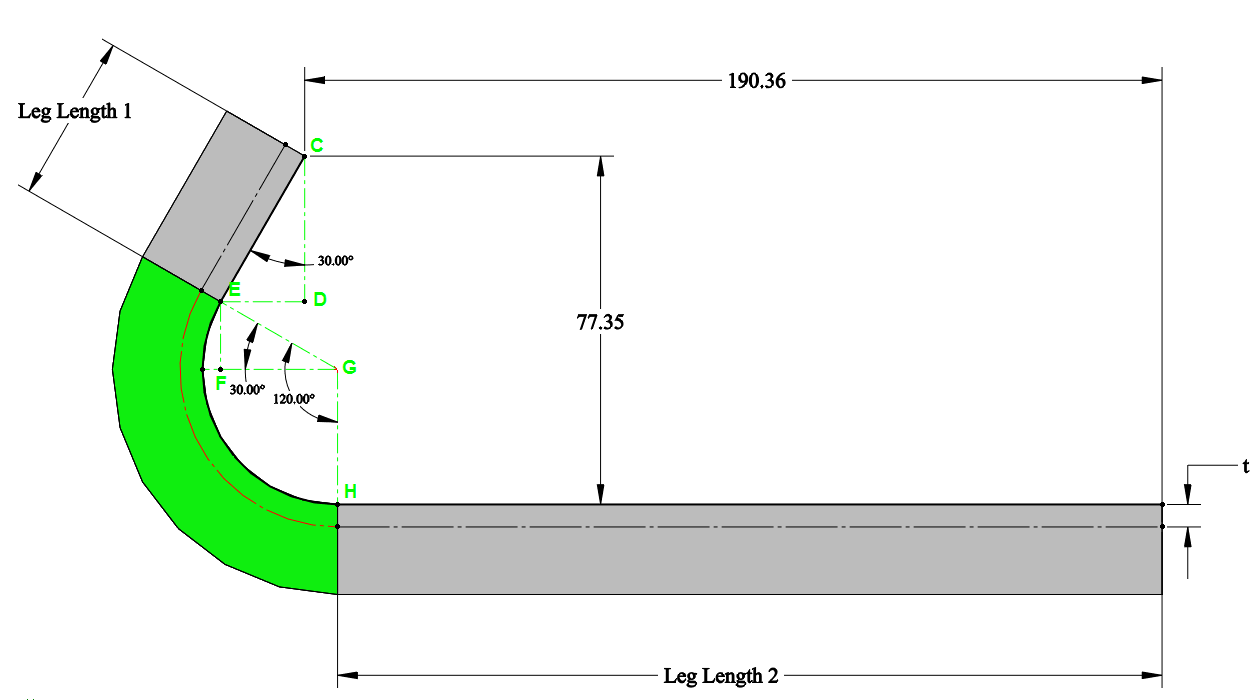- Joined
- Sep 22, 2019
- Messages
- 942
I need to cold bend in my press brake, two 90* X 1" stubs on each end a piece of round 1/2" HRS and wind up with 32" center to center on the stubs.
I have already discovered that a .8125" bend point on both ends of 6" blank will produce the 1" stub on the ends of a scrap piece and result in a 4" center to center measurement.
I could probably keep practicing and come up with the answer but really don't want to waste a bunch of material doing so.
Am hoping there is a "rule of thumb" that covers this??
Or do I just add the 2 x .8125" to 32" to get 33.625" and bend accordingly??
Or am I "all wet" in this assumption??
I have already discovered that a .8125" bend point on both ends of 6" blank will produce the 1" stub on the ends of a scrap piece and result in a 4" center to center measurement.
I could probably keep practicing and come up with the answer but really don't want to waste a bunch of material doing so.
Am hoping there is a "rule of thumb" that covers this??
Or do I just add the 2 x .8125" to 32" to get 33.625" and bend accordingly??
Or am I "all wet" in this assumption??



